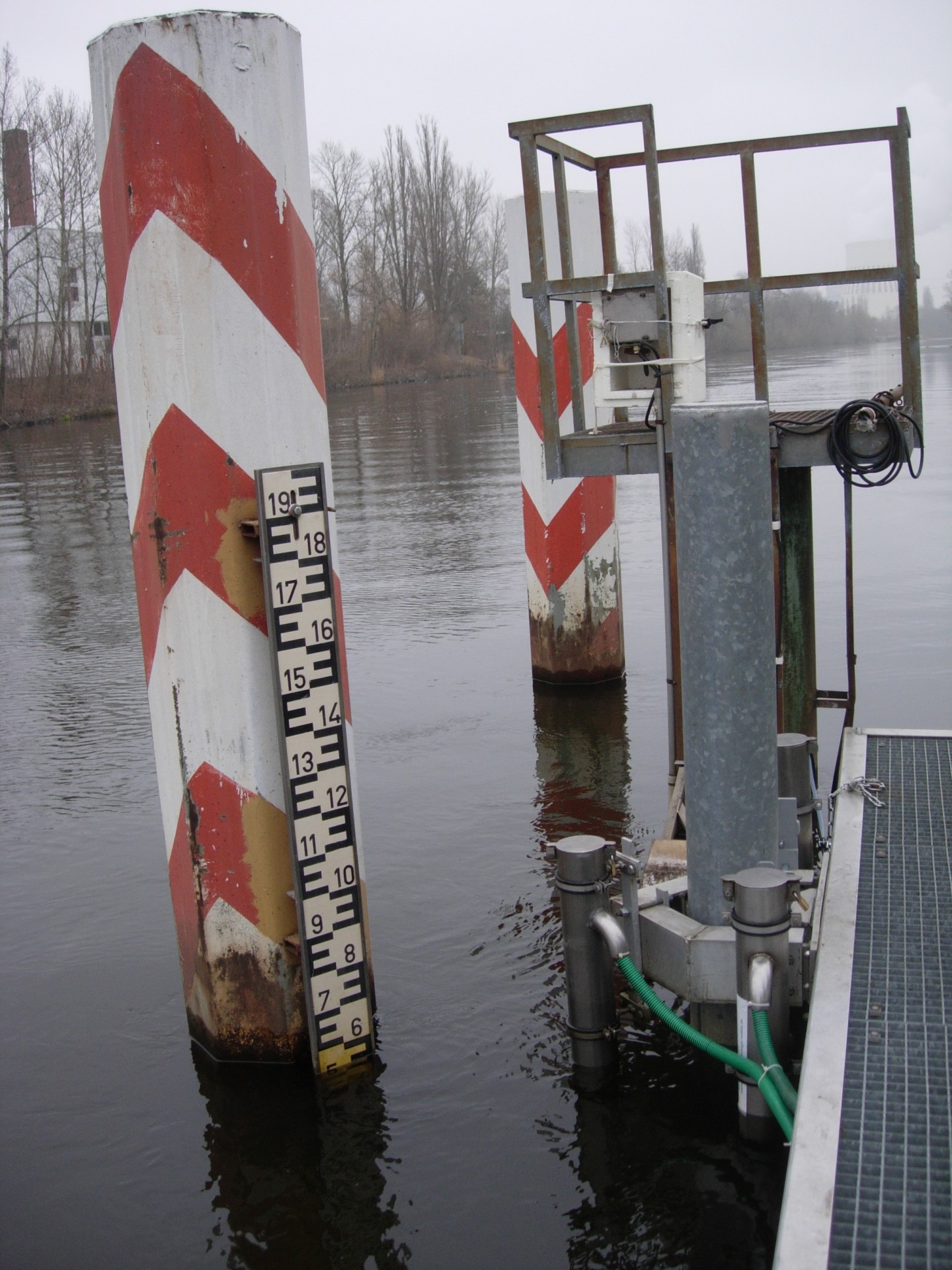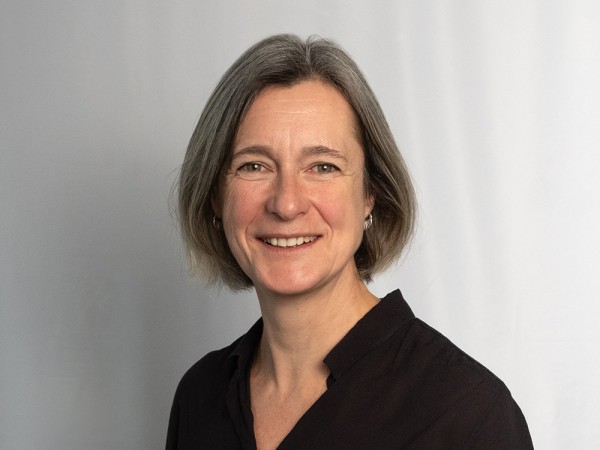Among urban discharges the impact from combined sewer overflows (CSO) plays a prominent role. The dynamic character of the discharge events lead to particular stress on the water bodies. These impacts accelerate with increasing urbanisation and accordant land use and land sealing.
The project aims at the simulation of pollutant and substance flows at combined sewer overflows (CSO) and their impact on the receiving water body. Developing methods and tools that consider this impact will allow for basing the evaluation of mitigation strategies on an overall view taking into account the integrated system (drainage and receiving water), considering receiving water (immission) criteria.
Objectives of the project are:
Development of a model-framework capable of simulating the impact of combined sewer overflow (CSO) on stagnant rivers (Berlin situation) and of a methodology for immission-based assessment of CSO impacts.
Analysis of the impact of CSO on receiving water quality, better process understanding and process description in modelling, definition and testing of the OpenMI interface for linking models of drainage system (technical system) and stagnant lowland river (eco-system).

- Grundlagen der Kanalnetzsimulation
- Integriertes Misch- und Regenwassermanagement
- Simplification of dynamic flow routing models using hybrid modelling approaches - two case studies
- The HSG Guideline Document for Modelling Integrated Urban Wastewater Systems
- Integrated modelling of the impact from Combined Sewer Overflows on the water quality of slow-flowing lowland rivers




